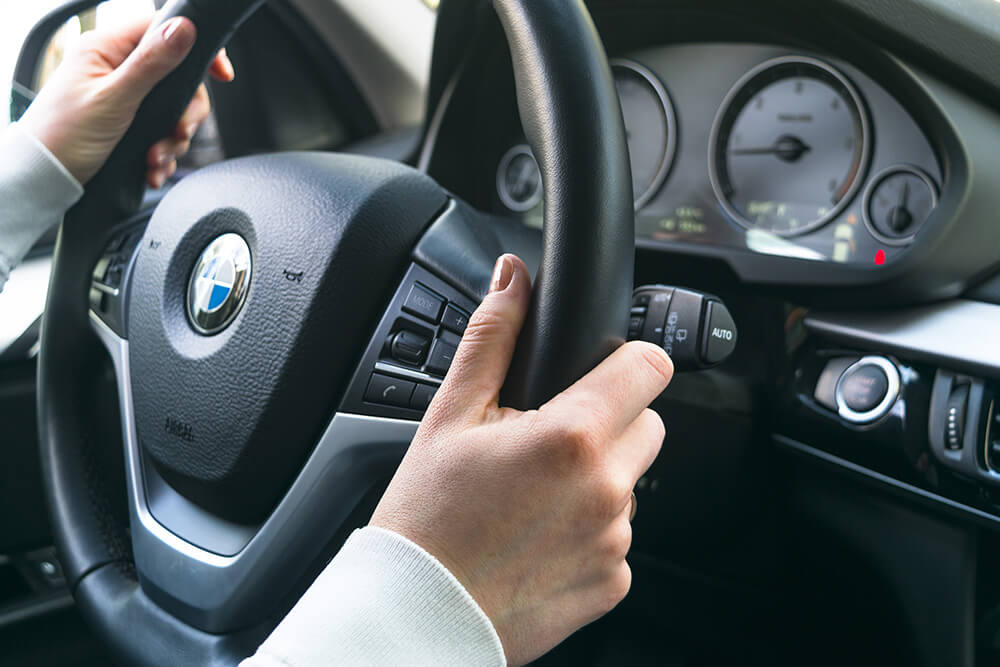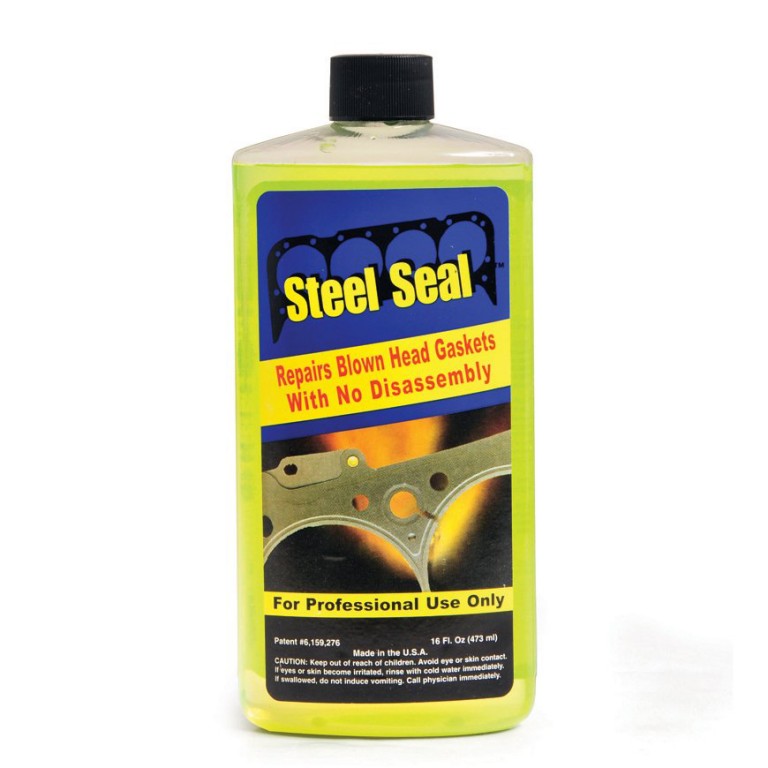What Causes Rough Idle? The rough idle you’re experiencing in your car or truck is usually caused by a vacuum leak, an issue with the spark plugs, or an issue with the ignition coil. No matter what kind of vehicle you drive, it’s important to be able to recognize early signs of car trouble so you can get your vehicle into a repair shop and fixed before any major damage occurs.
For example, if your engine isn’t getting enough air and fuel from the intake manifold because of a clogged air filter, then this will prevent proper combustion—and could lead to engine failure if not addressed immediately. Let’s dive deeper into some common reasons why engines may experience uneven idling speeds:
What is rough idle?
You can think of an idle as the engine speed when you’re not moving. It’s a normal function of your vehicle, but it doesn’t always operate perfectly. When your car idles too low, or at a higher RPM than normal, you’ll experience symptoms like roughness and stalling. The good news is that this problem can be easily solved if you know what causes it in the first place.
When an engine idles too fast or too slow—commonly called “rough idle”—it’s usually due to something wrong with one of three areas:* The ignition system (distributor cap and rotor)
- The fuel injection system (fuel injectors)
- The mass air flow sensor
What causes rough idle?
A rough idle is defined as an engine that runs roughly at idle speed. This can be caused by poor maintenance, but more often it’s due to a failing component in the car’s ignition system. The symptoms of a rough idle are:
- The engine shakes and vibrates when idling at a stoplight or in traffic.
- The vehicle stalls or hesitates when trying to accelerate from a stop.
- When you have your foot on the gas pedal, the RPMs rise slowly before accelerating smoothly (if this happens).
Bad spark plugs or wires
If you’re experiencing rough idle, it could be caused by a variety of issues. One of the most common culprits is dirty or broken spark plugs. To check for this, take a look at your spark plugs and see if they are covered in oil. If so, that’s an indication that they need cleaning or replacement. Next, check to see if the electrodes on your spark plugs are cracked or worn down—if there’s any damage to them at all, it’s time to replace them! Finally, make sure none of your spark plugs have signs of corrosion; if so, then those too should be replaced ASAP!
Bad ignition coil
You may be wondering what an ignition coil is, but it’s actually a very simple device. A typical ignition coil looks like a small electrical transformer that sits on top of your engine and has two wires running from its base (the ground wire and the hot wire). The purpose of this component is to convert high-voltage electricity from your vehicle’s battery into low-voltage current that can ignite fuel in your engine.
The actual job of creating sparks inside an ignition system falls largely on the distributor cap and rotor assembly ((which allows you to read sparkplugs when they go bad)). These components work together to provide power to all four cylinders at once so they all fire simultaneously when you step on the gas pedal. If any one of these parts fails or wears out over time, it can cause major issues with how well your car runs—including rough idling or stalling out completely
Damaged or worn out injectors
Called the fuel delivery system, injectors are responsible for atomizing and spraying the fuel into your engine. Over time, these components can wear out or become clogged, causing them to leak. If this happens, it can cause rough idling. Additionally, if any of the internal components are damaged or stuck open (which allows too much fuel into the combustion chamber), it could also cause rough idling.
Dirty fuel filter
The fuel filter is an integral part of your car’s engine. It protects it from dirt and debris that can damage the fuel pump, injectors and other internal components.
How often you should replace your fuel filter depends on how much you drive, but most manufacturers recommend replacing it every 30,000 miles or so. A clogged fuel filter will cause rough idling because it prevents the car from getting enough gas to run smoothly.
To replace this part:
- Locate the fuel filter in your owner’s manual; they’re usually located near or under where the tank meets the engine block (you might need to remove some plastic covers first). On older cars, these filters are often hidden behind plastic covers or can be reached through a small opening in an access panel on top of an engine mount bracket. If you’re having trouble finding it yourself, ask someone who knows about cars for help locating yours before taking any drastic measures like removing panels or tearing up carpeting while searching blindly for something that looks like it might be a potential culprit!
Dying oxygen sensor
How an oxygen sensor works
An oxygen sensor is placed inside of your exhaust system and its job is to monitor the exhaust gas and determine how much oxygen is present in each of the gases. It does this by sending a voltage to a computer, which interprets that voltage as a number with units of mass per volume, or ppm. If there’s more air in the exhaust then you’ll see a smaller number from your oxygen sensor; if there are more hydrocarbons being burned than normal you’ll see higher numbers coming from it. The computer compares what it sees with similar numbers from previous runs and uses that information to adjust fuel delivery for maximum efficiency.
Oxygen sensors can get worn out over time or even fail entirely after being exposed too long to extreme temperatures or high pressure environments like turbochargers or headers (where they tend to burn out). Some people think that because their engine idles rough when driving at highway speeds but smooths back out once stopped at a light then this means their O2 sensor needs replacing but in reality it could just be dirty/old gas causing issues with idle quality…
Bad idle control valve or idle air bypass valve
The idle control valve and the idle air bypass valve are responsible for regulating the amount of air going into your engine. If either one is stuck open or closed, it can cause rough idling.
Clogged air filter
- The air filter is a screen that keeps dirt and dust particles from entering the engine. If the air filter becomes clogged, it can cause a rough idle.
- To check to see if your car’s air filter needs to be replaced:
- Open the hood and look at the top of your engine. If you don’t see an air filter, or if it looks filthy (dusty and/or blackened), then change it immediately. An old or clogged-up one will not let enough air into your engine when you step on the gas pedal. This can make your car hesitate when accelerating, which may lead to stalling or a rough idle at stoplights; it will also increase fuel consumption by slowing down the engine’s ability to run efficiently.
- If there is an old dirty filter in place but no new one handy, pull out what’s there (there should be two clips holding down each corner) before driving anywhere else with this problem! Don’t take any chances with safety!!
Dirty MAF sensor or MAP sensor
A MAF sensor is a mass air flow sensor. A MAP sensor measures manifold absolute pressure, and it’s usually located on top of the throttle body or near the intake manifold.
Both of these sensors are made from an aerodynamic housing that houses a small electric fan divided into three sections: hot wire, cold wire, and reference wire. The hot wire senses the temperature of incoming air; the cold wire detects ambient temperature; and the reference wire detects changes in airflow velocity (as when you step on your gas pedal).
If either of these sensors is dirty or damaged, your car may idle roughly or misfire while driving. This can also cause problems with other things like fuel economy, acceleration and engine performance overall.
To clean these sensors use electronic contact cleaner or brake cleaner to remove any corrosion before wiping them down with a soft cloth soaked in alcohol solution (don’t use solvents like acetone on plastic parts).
Sometimes rough idling can be attributed to an engine malfunction, but usually it is caused by a vacuum leak.
- Vacuum leaks. Sometimes rough idling can be attributed to an engine malfunction, but usually it is caused by a vacuum leak. A vacuum leak is most commonly caused by faulty vacuum hoses or lines, but it can also be due to a faulty gasket or valve cover.
- Fuel delivery problems. In addition to the causes mentioned above, fuel delivery problems could lead to rough idle as well. This could include an insufficient amount of fuel in the vehicle’s tank or a clogged fuel filter that prevents sufficient amounts of gas from reaching the engine for proper operation.
- Coolant problems and oil contamination are also possible causes of rough idle
Conclusion
Hopefully this helps you locate the source of your rough idle and get back on the road as quickly as possible!









